How a Safety Belt Works
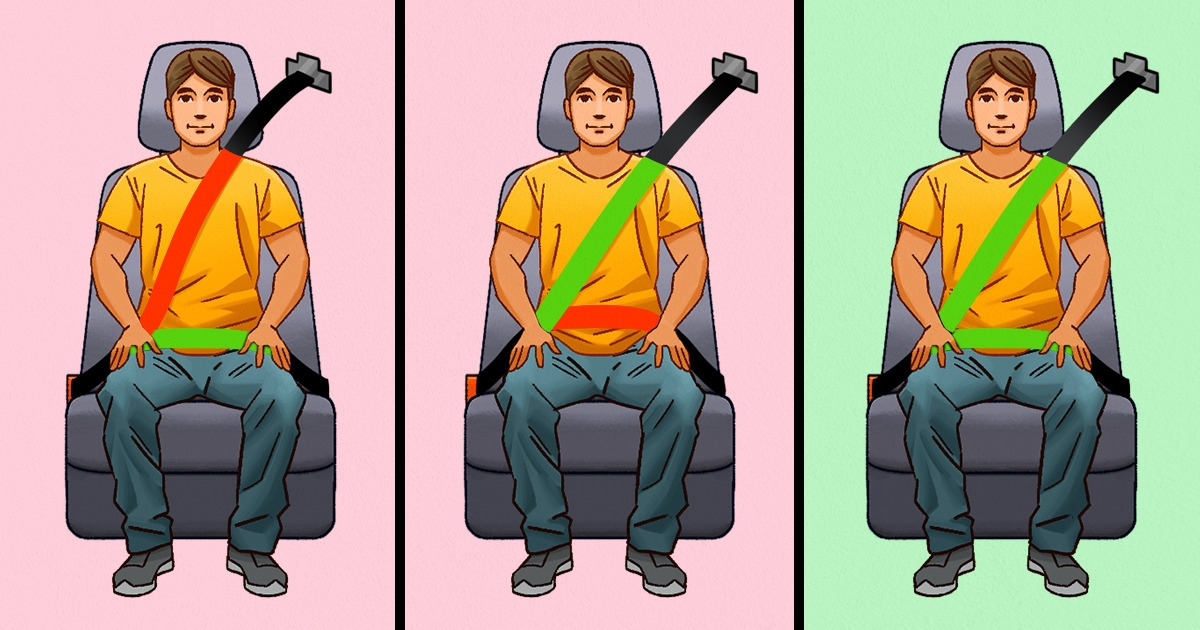
Seat belts are present in every vehicle — they save many lives, daily. Everyone knows that safety belts protect us, but not all of us know how exactly it happens.
5-Minute Crafts is telling you how a safety belt works and how to use it correctly.
A regular seat belt is a device that provides safety for the vehicle’s driver and any passengers in the case of an accident or a sudden stop.
Why we need safety belts
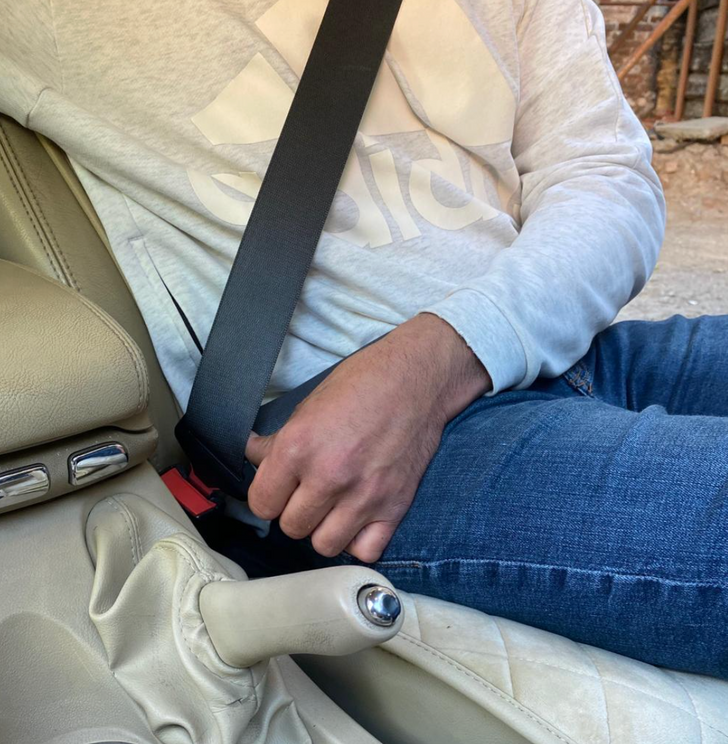
A safety belt performs the following functions:
- It keeps a person in a static position.
- It reduces the chance of negative consequences in case of an accident.
- It keeps the driver and passengers in the correct position for maximum airbag effectiveness.
- It prevents the ejection of the driver and passengers from the car in an accident.
A properly fastened seat belt distributes the stopping force across the wearer’s pelvis and rib cage. They are considered the most sturdy parts of our body, so the direction of the force in these areas minimizes the adverse effects of an accident.
How to fasten a seat belt correctly
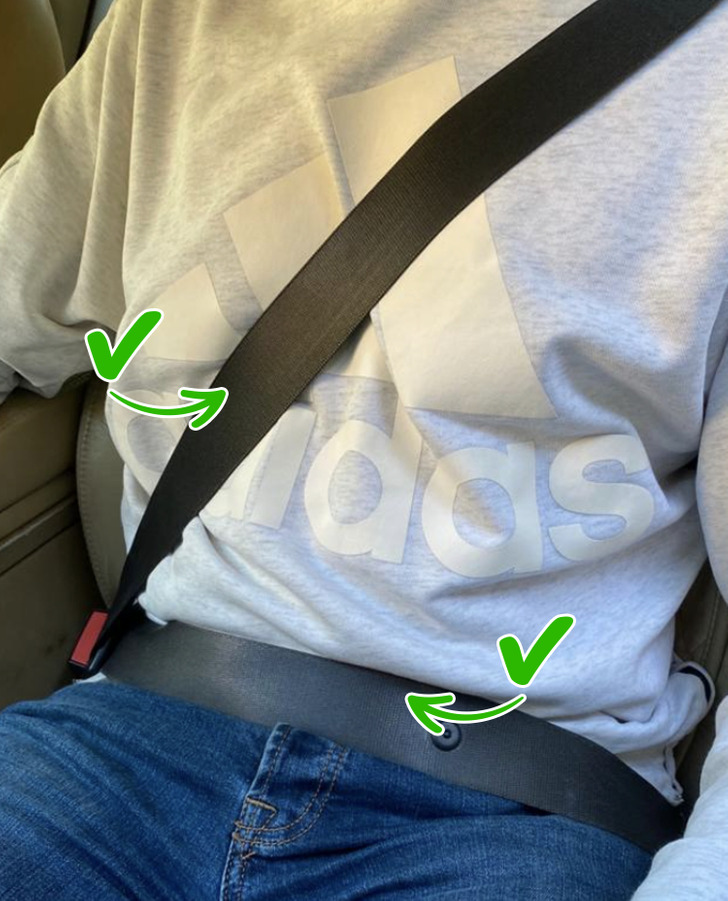
In order to achieve maximum effectiveness of the seat belt, it must be used according to the instructions.
- Adjust your seat. Its backrest should be vertical at an angle of 90° to the seat. Driving in a reclined seat may not be safe.
- Get the correct positioning. Sit with your back against the seat back with your hips all the way back in the seat. If you don’t sit upright enough, you can get more slack in the belt than intended and the protection in case of an accident won’t be that effective.
- Grab the seat belt’s buckle that is located over your shoulder and pull it across your body to your hip from the opposite side. Make sure the belt is not twisted.
- Grasp the buckle with the other hand. The slotted top end should be pointed upward with the release button on the side away from you. It’s important that the seat belt’s buckle button is on the outside part of the seat belt buckle so that you have an opportunity for an easy release.
- Insert the seat belt into the slot. You should hear a clicking sound.
- Pull the belt to make sure it is fully locked.
- Adjust the seat belt. Do it every time you fasten it. The seat belt must cross your body at your collarbone.
- Make sure the lap portion of the belt is snugly located on your hips. If the seat belt is loose, you can slip out of it in an accident.
Rules to be followed
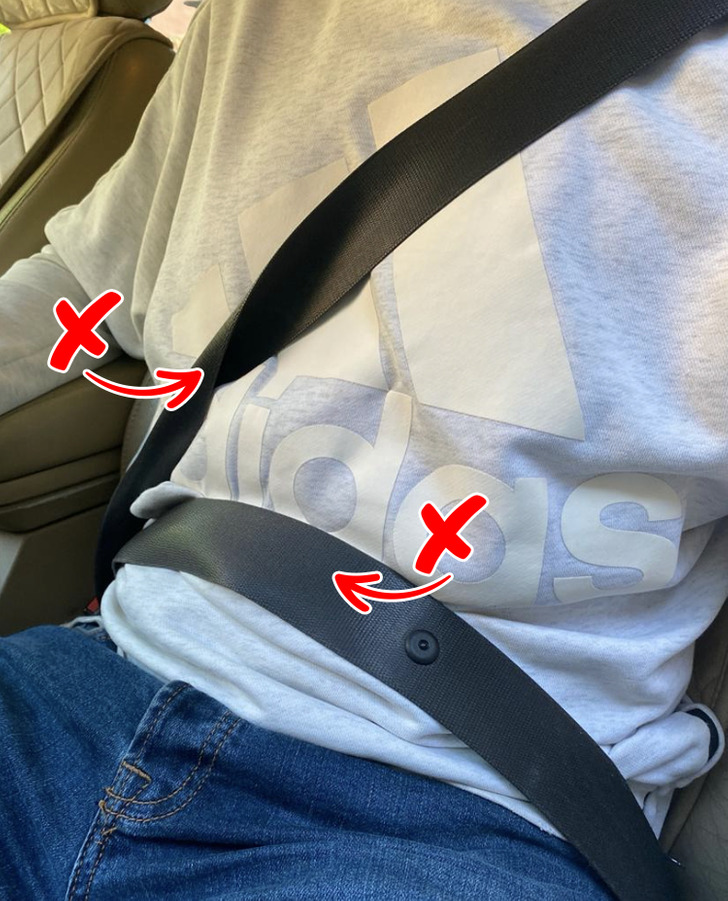
- Drivers and passengers should be sitting upright in the center of the seat, leaning against the backrest with their feet on the floor.
- Make sure the seat belt is not twisted before fastening it. This is very important. In the event of an accident, body pressure is distributed evenly over the entire width of the belt. When twisted, a certain part of the belt becomes much narrower and can cut into the body.
- The seat belt should cross your chest in the middle. In no way should it be lifted close to the neck or let through under the armpit. And, of course, it shouldn’t be put behind your back.
- In an emergency, it is important to protect the internal organs. The lap portion of the belt should fix the pelvic area, not the stomach.
- Always leave no less than 10 inches between the center of your chest and the steering wheel cover or dashboard.
- Don’t lean on the door or the window of the car. If this happens, the chance of experiencing trauma will be much higher in case of a side collision.
Make sure the seat belt fits you.
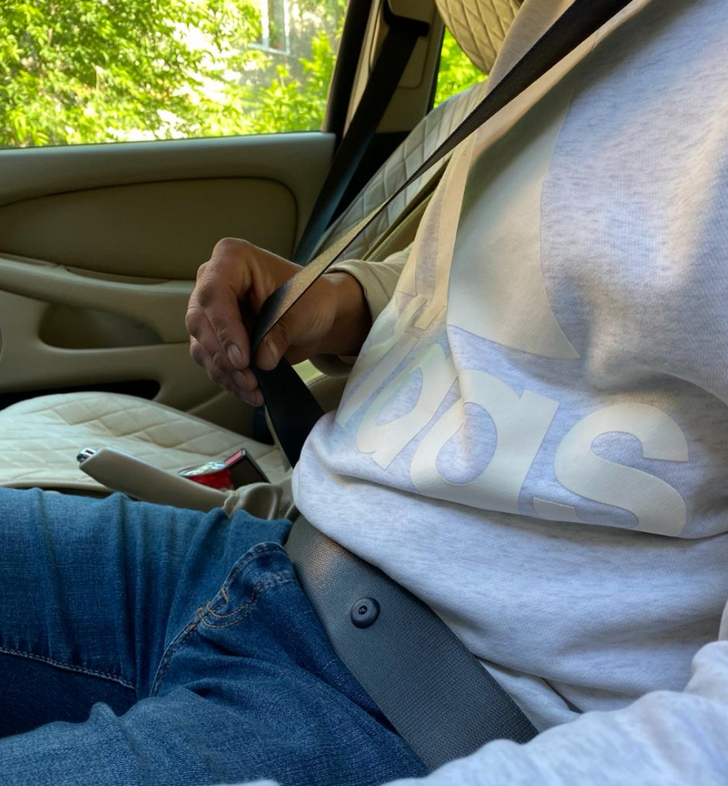
- Before buying a car, make sure the seatbelts in it are a good fit for you.
- If you are not tall, ask your dealer about seat belt adjusters to help you achieve the best fit.
- If you need a longer seat belt, contact your vehicle manufacturer for an extension.
- If your car is equipped with only lap belts, ask the manufacturer how you can replace them with more modern and safer ones.
- If you find the shoulder strap uncomfortable (like if it’s cutting into your neck), you can buy a soft case for it in a special store.
Types of safety belts
- Lap belts go across the waist. They’re considered unreliable and are almost never found in new cars. Sometimes they are installed in the middle rear seat.
- Shoulder belts secure only the upper body. They are also considered unreliable because a person can easily slip out and get injured in the event of an accident.
- 3-point belts are used in most modern cars. They are stretched from the wearer’s shoulder, go across their chest, and end with a lap belt. In the case of an accident, these belts help spread out the energy of the moving body across the chest, pelvis, and shoulders.
- Automatic seat belts are shoulder belts that secure the passenger automatically. Normally, such a belt goes along with a lap belt that is secured manually.
- BIS (belt-in-seat) is a 3-point harness where the shoulder belt is attached to the backrest. They are considered the most effective in the event of a rollover, especially for 4 to 8-year-old children.
- 5-point harnesses are considered to be the safest but they restrict movements greatly. They are used in child car seats and racing cars. Some car owners install 5-point harnesses as an aftermarket modification.
- 6-point harnesses are very much like 5-point harnesses but have an additional strap that goes between the legs. These belts are used by racers.